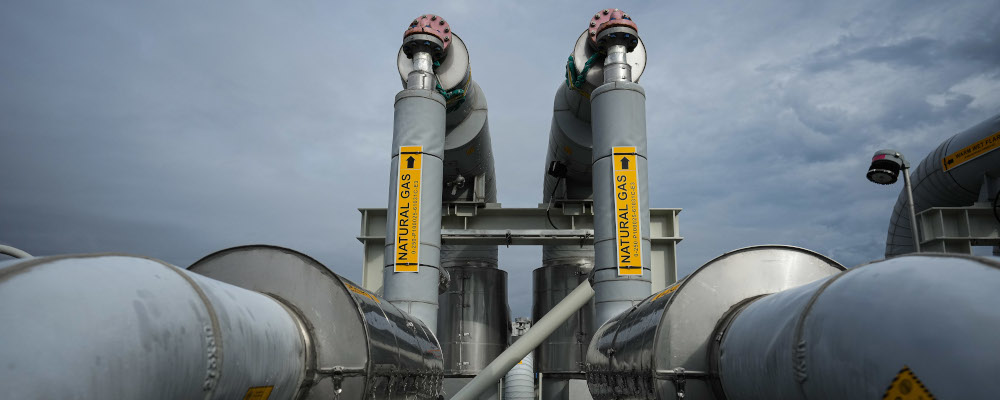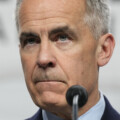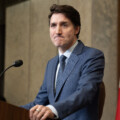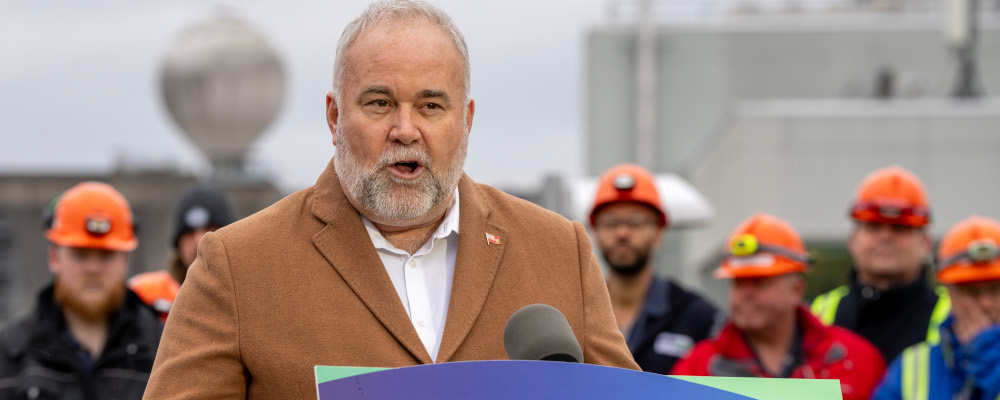Two provincial energy regulator decisions, released quietly in late December, show how climate ambitions are starting to override energy realities in policy-making. The consequences are likely to be felt as energy shortages within the next three years.
On December 21, the Ontario Energy Board denied Enbridge’s proposed capital budget as part of a new rate application. Citing concerns about stranded natural gas assets, and emboldened by ambitions for the energy transition, the OEB reduced the revenue horizon that Enbridge uses to determine the economic feasibility of new gas connections from 40 years to zero. In effect, this means residential customers would have to absorb the full cost of new gas connections upfront instead of over four decades, as is the current practice. Enbridge forecasts the decision will lead to a shortfall in energy supply as early as 2025.
The province’s energy minister, Todd Smith, objected to the decision immediately, committing to pause and reverse the decision. They have now introduced legislation to do so, saying it would slow or even halt the construction of affordable homes amidst the housing crisis.
Meanwhile, on December 22, the British Columbia Utilities Commission rejected FortisBC’s application to increase its pipeline capacity in the central and north Okanagan regions. FortisBC had argued the expansion was necessary to accommodate the increase in peak natural gas demand due to a growing population in the region. The BCUC found that FortisBC’s proposal did not reflect the commitments made in the province’s CleanBC Roadmap and did not consider building step codes that may be adopted by municipalities. Step codes set progressively lower acceptable GHG emission levels for new homes. For its part, FortisBC forecasts the decision would lead to a shortfall in energy supply as early as winter 2026/27.

These decisions make it clear that climate change ambitions have taken a front seat with Canada’s energy regulators. This represents a shift beyond the core mandate of an economic regulator, which is to ensure energy costs for consumers are fair and investments by utilities are prudently incurred.
The decisions share these flawed assumptions: (1) that climate policies should be accepted as determinative of future energy system design, rather than as aspirational targets; (2) that more risk should be assigned to the possibility of stranded assets than to the threat of energy shortages; (3) that Canada has the ability to generate and deliver the amount of electricity needed to replace natural gas in the timeframes policymakers prefer; and (4) that the natural gas market will erode due to the energy transition, even as we observe increased consumption to meet not only a growing population but new sources of energy demand from data centres, AI, and other drivers.
In Canada, as elsewhere, we currently benefit from three major energy systems operating in parallel: a liquids system for fuels like diesel and gasoline, primarily for transportation; a gas system for natural gas (and increasingly hydrogen and renewable natural gas), primarily for heating; and a grid for electrons, for electricity.
Natural gas represents the largest share of this overall mix. Of the nearly 12,000 petajoules consumed by Canadians annually, natural gas represents 37.5 percent, refined petroleum products 36.9 percent, and electricity 17.5 percent (of which 13 percent is generated by natural gas). While residential and commercial natural gas consumption is highly seasonal, it shows no signs of declining: Statistics Canada data up to 2023 indicate record demand in winter of that year, commensurate with a fast-growing population.
Natural gas’ popularity is linked to its affordability: it is the cheapest source of energy in Canada. Even at 2022 prices, which were higher than the five-year average and saw natural gas around $5/GJ, it cost the equivalent of $0.018 per kwh of electricity or $0.17 per litre of gasoline.
To the consumer, affordability is perhaps natural gas’ greatest attribute. In Ontario, for example, the list of communities that want natural gas access far outweighs the capital available to connect them all to the system. The provincial Conservatives have been supporting the expansion of the gas pipeline system to serve markets currently reliant on higher-priced energy sources such as propane, heating oil, and electricity.
But from an energy security perspective, redundancy and diversity in energy supply are also very important. Calls to “electrify everything” are not only logistically and economically unrealistic, but highly risky. In Canada, a prolonged grid failure would create emergencies for Canadians in the summer and be catastrophic in the winter.
Having separate energy systems provides better security not only against weather-induced failures but from physical and cyber attacks as well. Pipelines and electricity grids are both vulnerable due to their ubiquity and strategic importance and form regular targets for adversaries, terrorists, and criminals. In 2022 the U.S. Department of Energy saw attacks on the grid increase by 77 percent, and in North America, the energy industry was the most common target for cyber attacks. Deliberating moving to an energy system that relies on a single network is reckless.
In addition, electrons and molecules play very different roles in our energy system and are not interchangeable. Electricity tends to be more “stock” based and oil and natural gas are “flow” based. There are advantages and disadvantages to both. Commentators will often argue that energy security would be enhanced by more reliance on long-life assets such as dams, windmills, and solar panels that produce electricity with free inputs of water, wind, and solar energy once the upfront investment is made. Energy from fossil fuels, by contrast, depends on a constant input, or flow, of products. Because oil and natural gas are traded globally, they are susceptible to price volatility and supply shocks.
But the benefit of flows is that you can store the product and subsequently ramp it up to meet peaks in demand. Advanced economies generally have months’ worth of oil and natural gas in storage. Canada has 950 billion cubic feet of natural gas storage, enough for approximately 63 days of winter demand. On a cold January day, you can ramp up flows of natural gas to meet the surge in heating demands. Electricity, by contrast, is consumed instantly and cannot be built up in advance.
As an example, in the severe cold snap that hit Alberta this winter, electricity demand set a new all-time peak record of 12,384 MW on January 13. Demand came very close to exceeding what the electricity system was able to supply, prompting an emergency grid alert calling on Albertans to reduce power usage. At the same time, the natural gas system delivered over 110,340 MW of energy, or about nine times as much as electricity. It is impossible to imagine an energy system able to handle peak demand in Canada using only electricity.

While B.C. and Ontario have slightly more favourable climates than Alberta, it is not uncommon for the Okanagan or Ottawa to dip to the -30s, and Toronto can see -20s. These are life-threatening temperatures. With an addition of a million Canadians a year, it is hard to see how our current and planned electricity generation could replace our incremental natural gas needs on a very cold day. Yet that is the situation that regulators in B.C. and Ontario are engineering.
If restricting natural gas supply looks reckless from an affordability and reliability perspective, one must acknowledge that the intentions on the sustainability side are legitimate. Natural gas is cleaner and less carbon-intensive than coal and heating oil, but it still emits carbon dioxide. How do we bridge the need for gas molecules in our energy system with the need to lower emissions?
Strategies generally include a combination of carbon capture, hydrogen blending, and renewable natural gas. All of these have tremendous potential and are advancing from the research & development phase to commercialization. But they will invariably confer higher costs to consumers. The appetite of Canadians to pay more in energy costs, when given a choice from their utility to purchase lower-emitting sources of energy, is low. While there is an almost perfect overlap between natural gas customers and voters in Canada, their policy preferences when paying utility bills and when lining up at the ballot box have looked very different. Those preferences are about to collide.
In Canada, we have been able to take our energy supply for granted. On our current policy trajectory, we will soon lose that luxury.
Recommended for You

Laura David: Red pill, blue pill: Google has made its opening salvo in the AI-news war. What’s Canadian media’s next move?

The Notebook by Theo Argitis: Mark Carney’s first major tests

The Weekly Wrap: Trudeau left Canada in terrible fiscal shape—and now Carney’s on clean-up duty

Ben Woodfinden: Lament for an ‘elbows up’ nation



